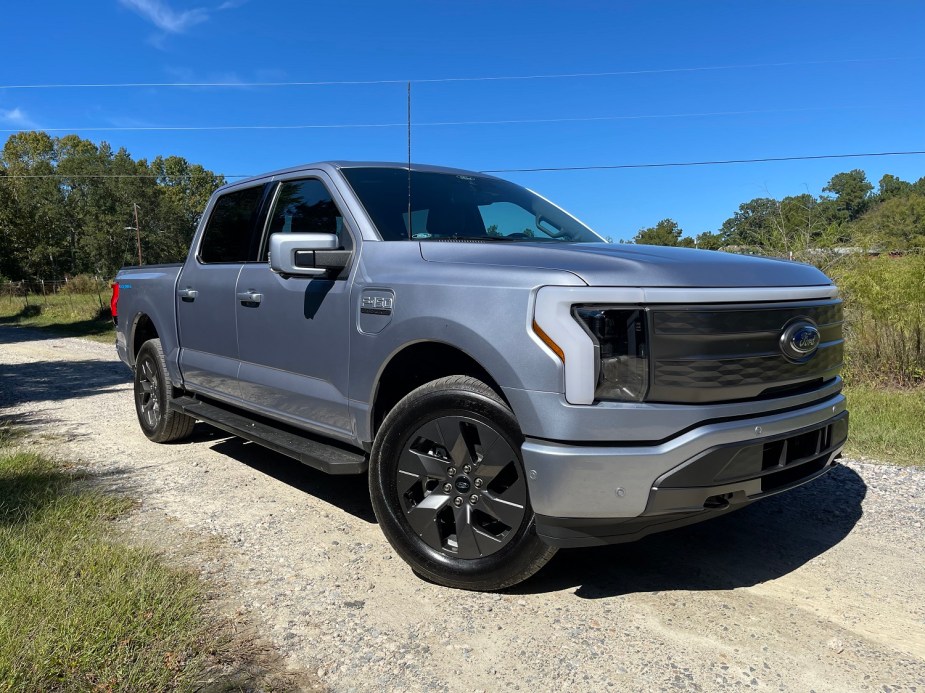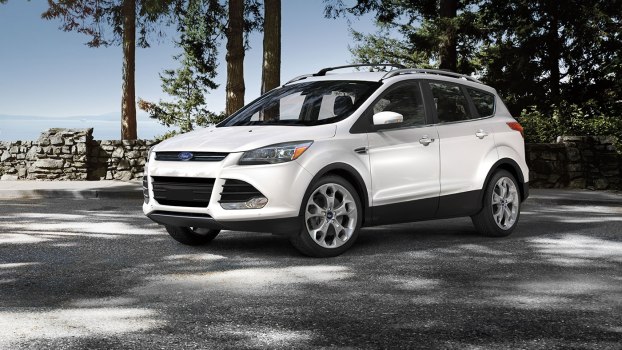
Is Ford in Serious Trouble?
In the past few months, Ford has seen some ups and downs, which is to be expected in any business. However, the downs seem a little more prevalent as global sales for some of its models – like the Edge – decreased and recalls soared. Additionally, although the American automaker is preparing for an electrified future, it’s not expected to be profitable for a while. Does that mean that Ford could be on its deathbed?
Ford received the most recalls 2022

Before drawing any grave conclusions, it’s a good idea to look at the numbers. For example, Kelley Blue Book reported earlier this month that Ford “led all automakers with the most recall alerts in 2022.” The automaker notified owners of 67 safety repairs last year, which equated to 8,636,265 recalled vehicles.
An example of one of the recalls includes potentially faulty rearview cameras in 2020 to 2023 model-year Ford Explorers, Lincoln Corsairs, and Lincoln Aviators. The issue is regarding a possible 360-degree camera malfunction resulting in a blue screen, which impacts the driver’s ability to see behind them. NBC reports that this issue has led to at least 17 accidents but no injuries.
Do these recalls mean that Ford is going downhill? We don’t think so, considering recalls happen. It’s important, though, for owners to act on these recalls and take their cars in when they get the notice in the mail.
Ford raised the price of the F-150 Lightning

Although the sheer amount of recalls may not be enough to steer buyers away from the Blue Oval, certain price hikes might. Car and Driver reported that Ford quietly raised the price for the F-150 Lightning in August and October of last year. Originally, the F-150 Lightning commanded a starting MSRP of $41,669, but with the price hikes, the 2023 model will now cost buyers $58,514, which means it’s up by a whopping $16,845.
And while Ford was busy inflating the price of the F-150 Lightning, sales of its popular crossover, the Edge, decreased in Q4 of last year by 41 percent on a global scale.
Ray Shefska, from Your Advocate Alliance, brought up a good point in a recent video stating that “Ford find themselves in a more tenuous position than many of the other manufacturers. When it comes to their electric vehicle division, they’re admitting they’re not making any money; it’s costing them money to build those cars and sell them to the dealers at a loss.”
Shefska goes on to say that Ford is likely doing this to build market share in the EV sector so that, eventually, they will be able to sell them at a wholesale level to dealers and make money on them.
Despite the numbers, it doesn’t look like the end of Ford
Do all of these numbers, which involve recalls, price hikes, and decreased sales, spell the end of Ford? No, most likely not. Any business, especially in the automotive industry, is sure to see ups and downs in any given year. Considering Ford has been around for over 100 years and has ridden out many ebbs and flows, we doubt that we’ll see an end to the company as a whole any time soon.
We do, however, hope that they lower the prices of their EVs and trucks in the near future. But the pricing structure is likely part of Ford’s strategy going forward.





